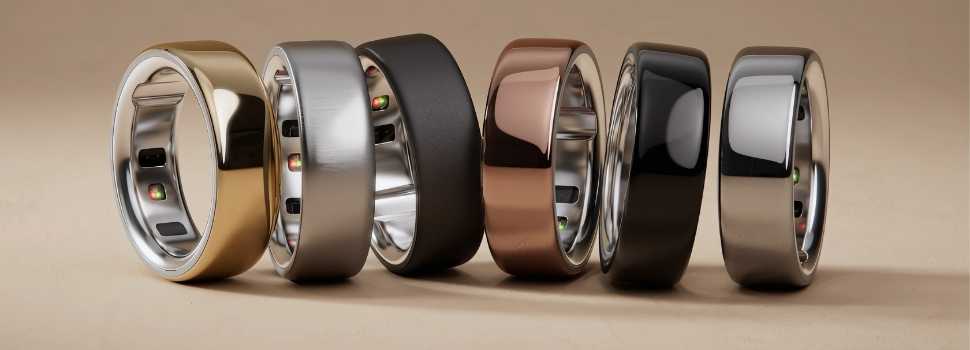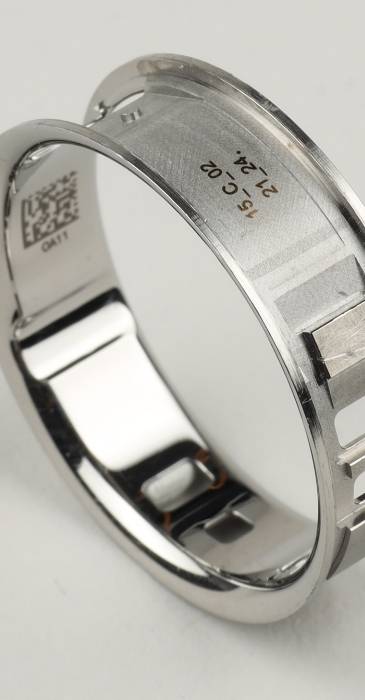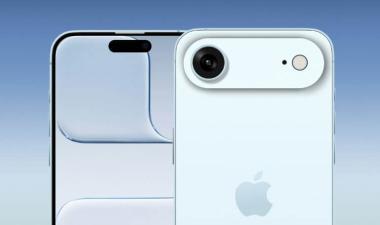Oura Ring Gen 4 Teardown
Thinner, Smarter, and Surprisingly Affordable to Build
5 Min Read May 22, 2025
TechInsights reveals how design changes and cost-efficient components help the Oura Ring Gen 4 undercut rivals like the Samsung Galaxy Ring.

The Oura Ring Gen 4 (JZ90-54218-15) marks a substantial hardware redesign over its predecessor. The most visible change is the elimination of the “three bump” optical sensor layout, replaced by a streamlined configuration with two multi-color LEDs and three photodiodes. This allows the device to support up to 18 signal pathways for monitoring 20 biometric metrics—enhancing measurement fidelity while reducing internal spatial constraints.
Internally, both the ring and its charging base employ Infineon PSoC 6 microcontrollers, though different SKUs are used in each. These, along with a new MAX86178F analog front-end from Analog Devices and a revised power management IC, represent the costliest ICs in the design. Together, these three components account for approximately 52% of total IC cost and around 17% of the overall hardware build cost.
Our teardown cost modeling shows that even at lower production volumes (~50K units), the total hardware bill of materials remains below 39% of the $349 retail price. At higher volumes, this gap widens further, reinforcing the strong cost structure behind Oura's Gen 4 platform. For procurement teams, this signals strategic sourcing decisions around high-value ICs and minimal overengineering in mechanical subsystems.
Compared to the Samsung Galaxy Ring, the Oura Ring 4 achieves a total build cost advantage of over 40%. This includes a 32% reduction in electronics (ICs, modules, discretes) and a 50% savings in non-electronic parts such as mechanicals and enclosures. Notably, the Oura Ring 4 avoids integrating an NFC chip—a cost driver present in Samsung’s ring—resulting in 32% lower connectivity subsystem costs.
On the mechanical side, the titanium main enclosure accounts for roughly 29% of the non-electronic BOM, contributing to the ring’s durability and premium feel without excessive cost. The new Bosch Sensortec MEMS accelerometer, smaller than the BMI160 used in Gen 3, further optimizes board space and power consumption. Additionally, the Ring Charger includes a MEMS oscillator from SiTime—part of a growing trend we've observed in other high-performance consumer electronics such as Apple’s iPhone 16e.
Battery capacity has increased modestly, with the Ring 4 using a 26 mAhr cell—up from Gen 3—enabling a stated runtime of up to 8 days. Combined with power-efficient ICs and refined firmware, this battery increase supports the device’s enhanced sensing capabilities without significantly impacting cost.

The result is a compact, cost-optimized design that delivers advanced health tracking while keeping the manufacturing spend well below flagship competitors. For sourcing professionals and teardown engineers, the Oura Ring Gen 4 is a case study in efficient system design and targeted cost control.
Unlock the Full Oura Ring Gen 4 Teardown
Want deeper insights into the components, cost breakdown, and design decisions shaping the latest wearables and foldable devices?
Subscribe to TechInsights and unlock in-depth teardown reports and expert insights on the world’s leading smartphones, smartwatches, and smart rings — including the full analysis of the Oura Ring Gen 4 and its competition.









